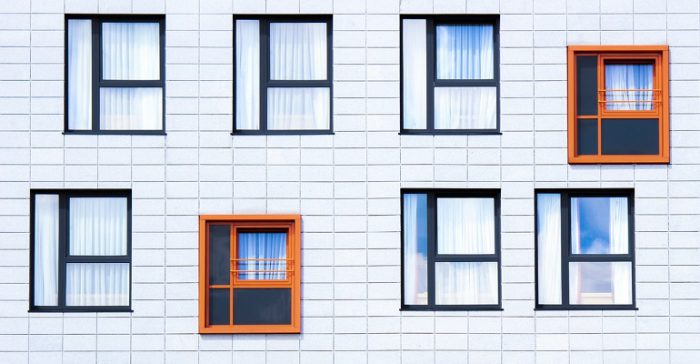Nick Collins, ERS, for Zondits
March 22, 2016. Image Credit: unsplash
In this article we’ll review the general purpose of building envelopes by looking at “the perfect wall.” This concept comes from Building Science Corporation (BSC) and is based on centuries of envelope system successes and failures. BSC’s perfect wall is not proprietary information; instead, it summarizes succinctly and logically why this particular wall assembly does everything it should and nothing it shouldn’t. So what should a perfect wall do?
- Separate the interior space from the exterior space.
- Keep bulk water (rain) out of the interior and the wall cavity/structure.
- Control the movement of air through the wall assembly.
- Control the movement of water vapor through the wall assembly (generally carried in bulk by air movement).
- Control thermal energy transfer through the wall assembly.
The Perfect Wall

[bctt tweet=”A succinct summary of why a perfect wall does everything it should and nothing it shouldn’t.”]
The list above is presented in order of priority. To quote BSC:
If you can’t keep the rain out don’t waste your time on the air. If you can’t keep the air out don’t waste your time on the vapor.
Conceptually, the requirements for roofs and slabs are the same as for walls. A roof is a horizontal (or sloped) wall with the exterior facing the sky, and a slab is a wall turned horizontally with the exterior facing the earth.
Layer Functions

Note that all control layers, including insulation, are situated toward the exterior of the structure. This is to protect the structural elements (steel, wood) from the adverse
impacts of exposure to exterior conditions. This is just the tip of the iceberg, however. There are many nuances to consider in wall and envelope design, and this wall represents just one approach. Cost, aesthetics, and other factors often preclude the use of the perfect wall design in all situations, but the concepts remain true. The challenge is to find a wall assembly that performs all of the functions of the perfect wall but within the design, cost, and aesthetic considerations of a given project. These considerations are often mutually exclusive, with sound envelope design losing out. For some other entertaining articles on envelope design, visit BSC’s website.
